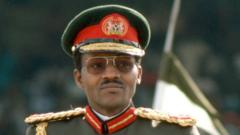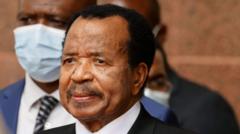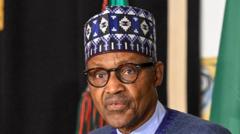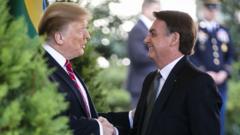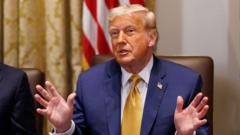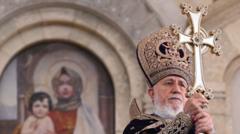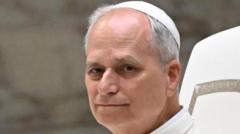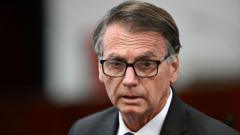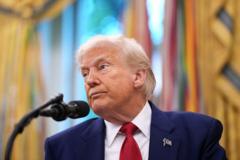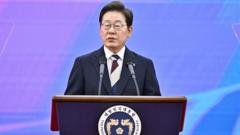As the faithful await updates, the conclave is structured with secrecy, prayers, and a quest for consensus among the cardinals as they embark on this sacred process.
Voting for New Pope Set to Commence with Cardinals Entering Conclave
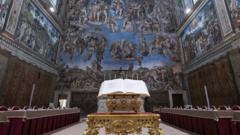
Voting for New Pope Set to Commence with Cardinals Entering Conclave
In a historic moment for the Catholic Church, 133 cardinals are poised to enter into conclave for the election of the new pope.
On Wednesday evening, 133 cardinals will gather in the Sistine Chapel to initiate the voting process for the Catholic Church's 267th pope. The day will commence with a solemn mass at St. Peter's Basilica at 10:00 AM local time, officiated by 91-year-old Cardinal Dean Giovanni Battista Re, who previously led the funeral service for Pope Francis.
Shortly after, mobile signals within the Vatican will be turned off to ensure the electors’ communications remain confidential, as they make their way to the chapel through a procession that includes the traditional hymn, Veni Creator, a plea for divine guidance.
Inside the chapel, the cardinals will solemnly take the oath of secrecy, pledging not to disclose the election details. After this, a brief meditation precedes the pivotal moment when the Master of Pontifical Liturgical Celebrations declares "extra omnes," signaling that no one but a select few can remain in the chapel. This Latin phrase marks the beginning of their isolation, with Vatican officials sealing the entrances to the premises.
As the voting unfolds, ballot papers will be distributed by Diego Ravelli, with the anticipation that cardinals may quickly find a candidate who garners enough support. Historically, the first ballot can yield scattered votes, making subsequent ballots crucial in identifying a leading candidate. Commentator Austen Ivereigh notes that while the election may feel like a political campaign, it aims for consensus rather than competition.
In the event a two-thirds majority is not achieved, the cardinals will retreat to the guesthouse Casa Santa Marta for dinner, where informal discussions often lead to a consensus around potential candidates. Their meal will consist of light dishes, and the staff are bound to secrecy during the conclave.
The next day, breakfast meetings will take place prior to morning mass, followed by further rounds of voting. Previous conclaves have typically reached a conclusion by the second day, though there is uncertainty regarding the length of this one. Cardinal groups are mindful that prolonged discussions could signal deep divisions among them.
Outside the Sistine Chapel’s sealed windows, eager crowds will look toward the chimney of St. Peter's Basilica, waiting for the appearance of white smoke— a sign that the new pope has been chosen.



